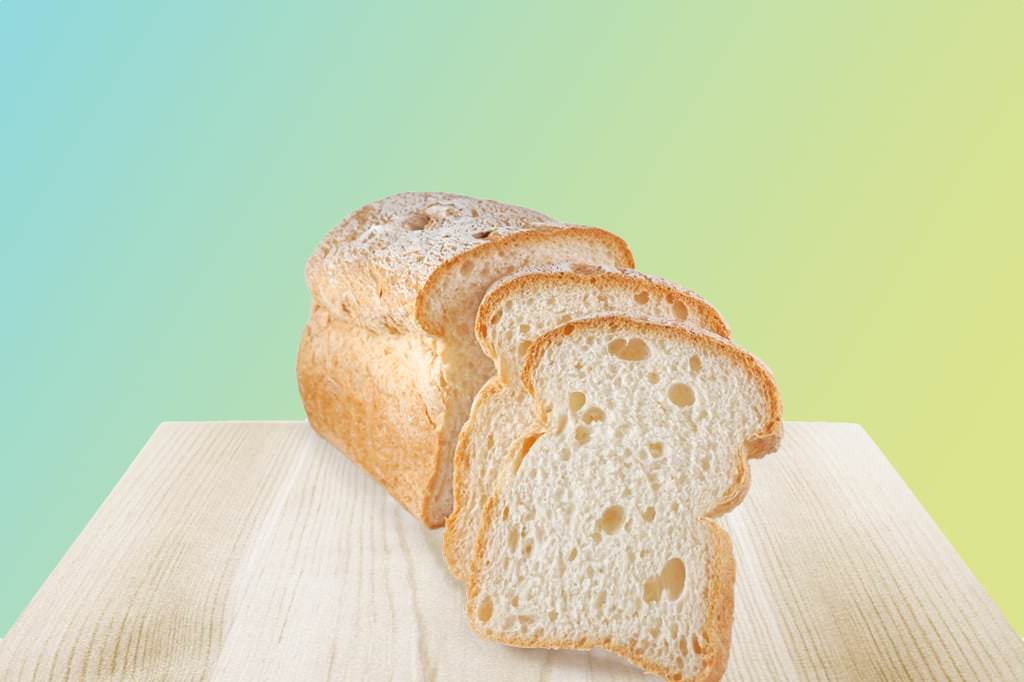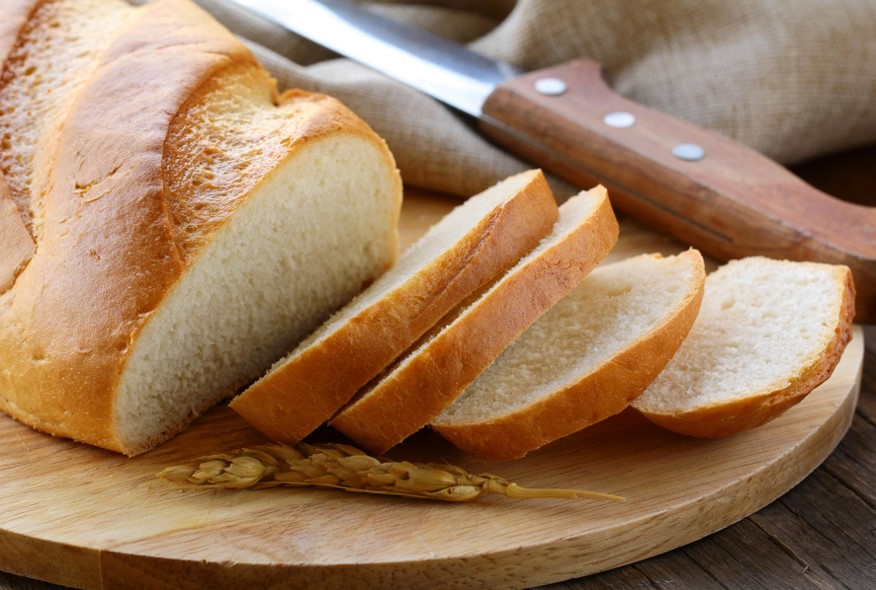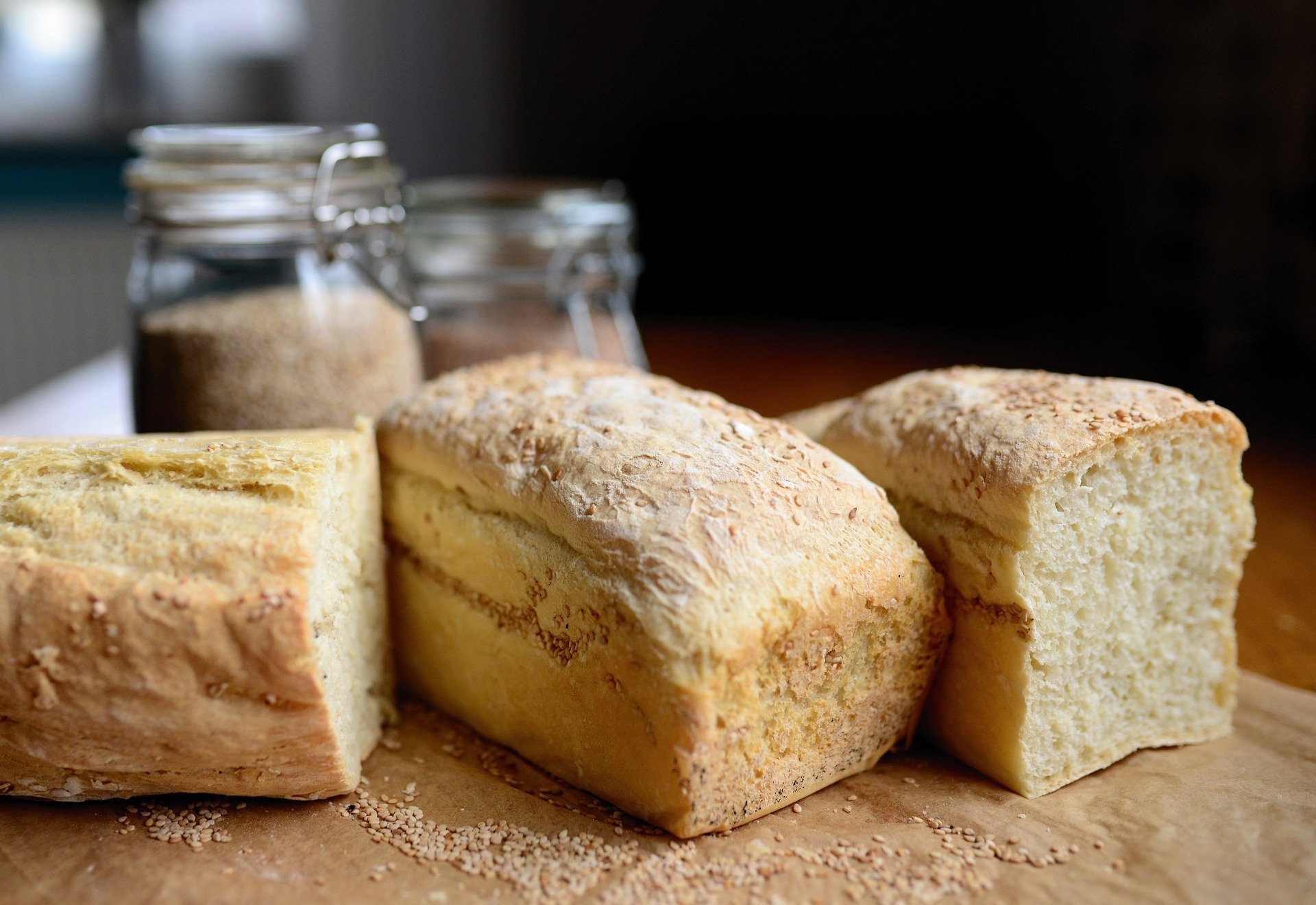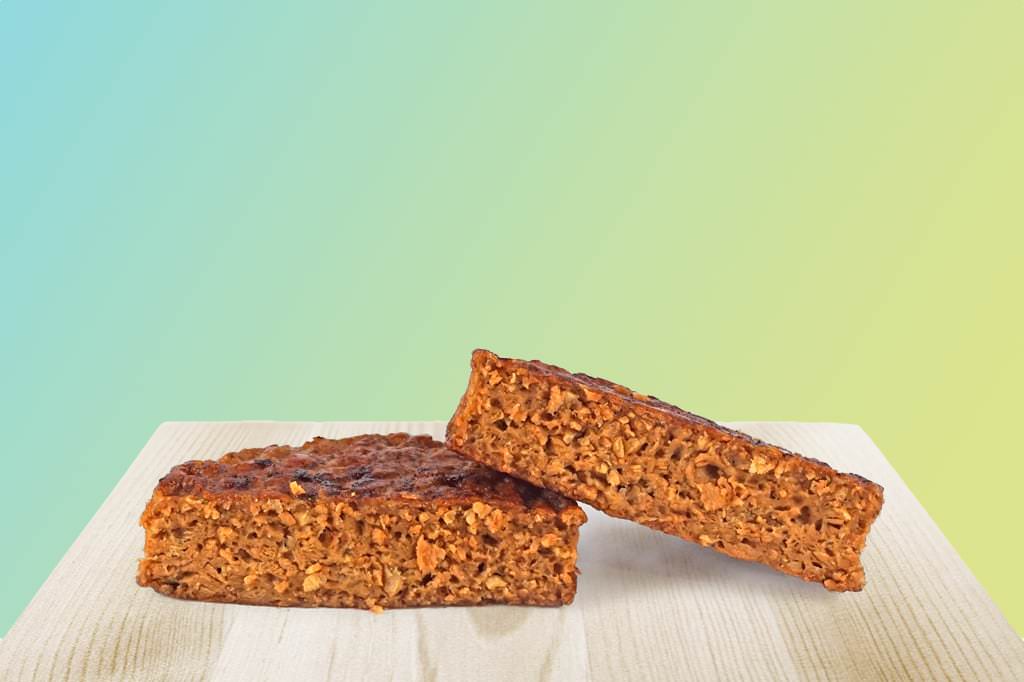Food
Gluten-free
TYLOPUR® improves softness and volume in gluten-free bread.

Gluten-free products often lack the texture and structure of wheat containing bread due to the lack of the functional protein gluten. Therefore, special ingredients are needed to replace the function of gluten. TYLOPUR® is such an important ingredient for high quality gluten-free bread. In low dosages, TYLOPUR® is responsible for a fine crumb structure, a high volume and an extended shelf life.
Recommended products
| Grades | Description | E-Number | Origin | Recommendation | Knowledge Base | |||||||||||||||||||||
|---|---|---|---|---|---|---|---|---|---|---|---|---|---|---|---|---|---|---|---|---|---|---|---|---|---|---|
| TYLOPUR® SFE-4000 | Hydroxypropyl methyl cellulose | FSSC 22000, E464, FCC, GRAS | Germany | Suitable | Select | |||||||||||||||||||||
| ||||||||||||||||||||||||||
| TYLOPUR® NE-4000 | Hydroxypropyl methyl cellulose | FSSC 22000, E464, FCC, GRAS | Germany | Suitable | Select | |||||||||||||||||||||
| ||||||||||||||||||||||||||
| TYLOPUR® NE-15000 | Hydroxypropyl methyl cellulose | FSSC 22000, E464, FCC, GRAS | Germany | Very suitable | Select | |||||||||||||||||||||
| ||||||||||||||||||||||||||
Gluten-free food benefits from TYLOPUR®

When searching for gluten-free bread alternatives at the grocery store, customers yearn for products that taste, look, and feel like their glutenous counterparts with a shelf life that keeps the bread soft for days. Oftentimes this is easier said than done as many gluten-free bread loaves suffer from a variety of common yet avoidable issues.
Gluten-free bread should be delicious and mimic the texture and springiness of regular bread, but many commercially baked loaves are dry, crumbly, gritty messes resembling bread in outward appearance only. For commercial gluten-free bakeries to continuously satisfy the needs of their customers, creating a delicious gluten-free bread product with a soft crumb and increased shelf life is of paramount importance and eminently achievable with the help of TYLOPUR®.
Why gluten-free bread?
Gluten-free bread products were traditionally chosen for health reasons – most commonly from people living with celiac disease. This lifelong disease affects individuals by triggering an intense immune response to gluten within the small intestine. For an estimated 1% of the population worldwide, gluten-free bread helps to provide a solution for them to avoid severe gastrointestinal distress and nutritional malabsorption associated with the immune response from celiac disease. For all of the people worldwide with this serious autoimmune disease, gluten-free products are a necessity to be able to live life to the fullest and healthiest way possible.
More than an alternative
More recently, gluten-free claims are no longer just attracting the attention of people suffering from celiac disease. Up to 13% of the population worldwide potentially suffer from non-celiac gluten sensitivities. These sensitivities manifest in myriad ways but less severe gastrointestinal issues in addition to headaches, fatigue and mood disorders have been attributed to these sensitivities. As a result, more people than ever before have been actively searching to replace the bread in their kitchen with a healthy alternative free from gluten. Commercial bakeries have noticed this growing demand, and the range of gluten-free bread products increases every year attracting more and more health-conscious people trying to avoid gluten.
The benefits of TYLOPUR®

Customers should not be required to sacrifice texture when choosing their gluten-free bread alternative, but this is a tradeoff many are forced to make. Commercially available gluten-free products often lack the texture and structure of bread made from wheat flour due to the lack of the functional protein - gluten.
If the wheat protein gluten is only replaced by other proteins in a given recipe, the resultant bread will be flat, dense and generally unappealing to the customer. Gluten is responsible for the elasticity and the viscosity of the dough. The high elasticity of the gluten network and the ability to trap the gas enables the dough to rise and to expand. Gluten-free flours, such as corn or rice flour, are not able to provide the same elasticity and functionality on their own. Special ingredients such as TYLOPUR® are thus needed to replace the function of gluten in order to achieve a comparable texture to a gluten rich bread.
Perfect texture – without gluten
TYLOPUR® is one such ingredient that can help to mimic the properties of gluten and provide optimal texture within the gluten-free baking sphere. TYLOPUR® helps to do this initially by creating a dough with a high viscosity that maintains its shape very well. Additionally, TYLOPUR® helps to stabilize the gas cells during the proofing and baking step which creates gluten-free breads with a high volume and superior soft crumb in the finished product.
Tylopur is a HPMC, a hydroxypropyl methylcellulose, well known for its beneficial function in gluten-free aerated products. Therefore, many commercial gluten-free breads contain this ingredient due to its unique functionality. Hydroxypropyl methylcellulose, is an extraordinary hydrocolloid with special rheological behavior. Its unique functionality is primarily driven by the property of thermal gelation it exhibits, meaning that it increases its viscosity during heating and decreases viscosity when it cools unlike many commercially available starches. HPMC is a gluten-free and vegan product based on cellulose from wood pulp.
Different grades of TYLOPUR®
Widely used within the world of gluten-free bread are the high viscosity grades TYLOPUR® NE-15000, TYLOPUR® NE-4000 and TYLOPUR® SFE-4000. Even in low concentrations, these grades of TYLOPUR® are supremely functional in gluten-free breads regarding texture, volume, and shelf life when compared to other gluten-free bread additives. Hydroxypropyl methylcellulose also exhibits far superior functionality compared to other common food hydrocolloids as xanthan or guar. These gum ingredients are well suited to increase the viscosity of the dough however they do not provide the same thermal gelation characteristics and therefore offer less stabilization and poorer structural integrity during the baking process.
Using TYLOPUR® in your gluten-free bread formulation will help you create delicious loaves with a superior texture and a soft crumb that your customers will love.
High Volume and Soft Texture Gluten-Free bread with TYLOPUR®
You want to create a perfect gluten-free bread that has a high volume combined with soft texture?
In this video we will show you a great recipe that you can easily bake at home. Moreover you will get to know the benefits of the TYLOPUR® gradient NE-15000 and why it is better than Xanthan.
Perfect Gluten-Free Donuts with TYLOPUR®
In this video we will show you how to create soft gluten-free donuts with high volume.
You can easily make the recipe at home. We explain in easy steps how you can enjoy the benefits of TYLOPUR® in the form of great donuts.

Next area of application:
Plant-based
TYLOPUR® and METOLOSE® provide a strong bite in plant-based products.
